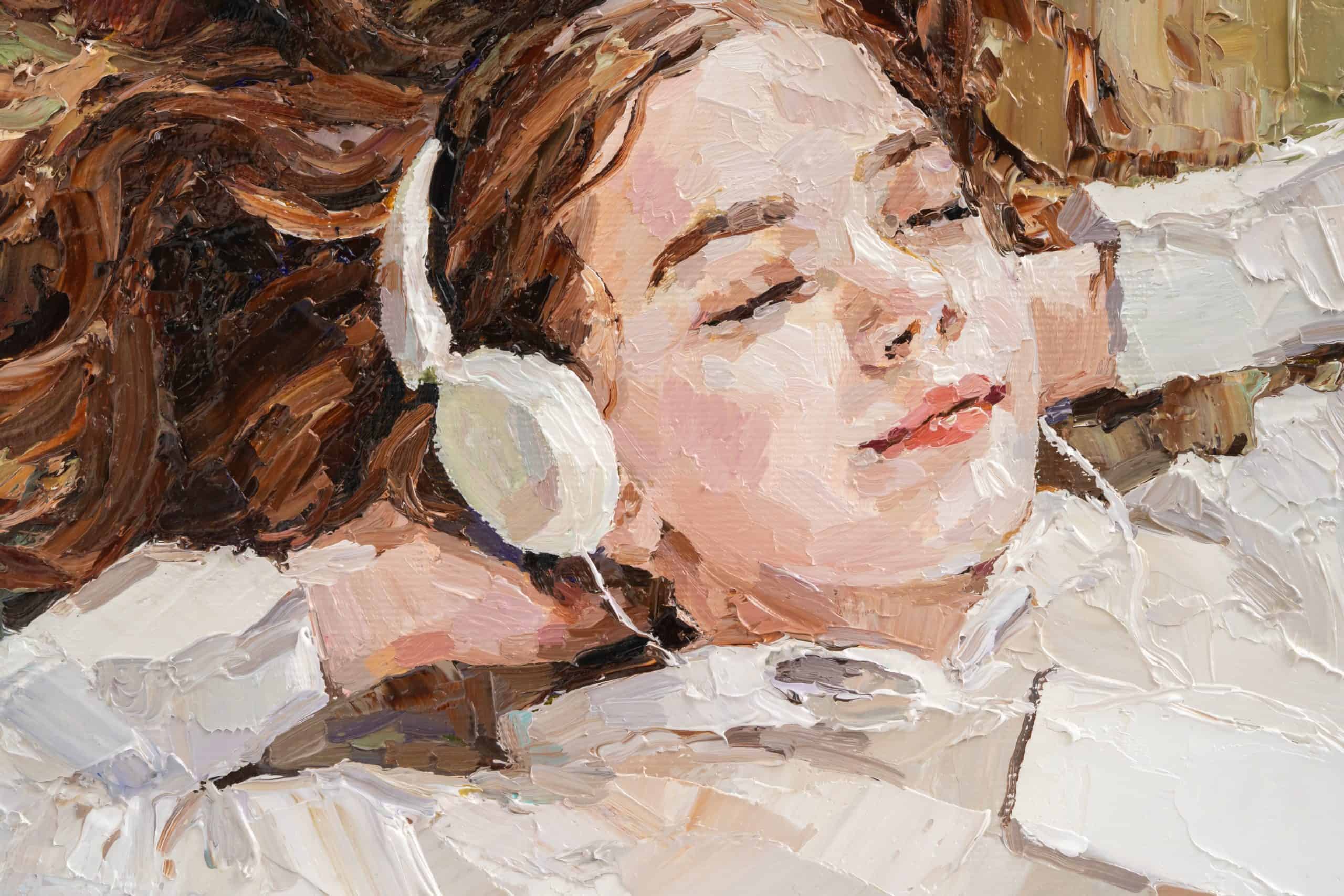When you want to set the mood for peace, go no further than art and music. Typical features of an impressionist painting include a concentration on light and shadow, a blurred background, and a light touch of the brush. This shows how music and painting are intertwined, with each medium helping to shape the other.
The 19th century’s conceptions of the world, the future, and the truth were crumbling, and the 20th century was there, waiting to take humanity to new heights in our quest. The great romantic musicians, painters, and writers were instrumental in the development of impressionism, one of the most major artistic and cultural revolutions of the mid-19th century, and they also foretold the advent of modernism. Regarding music, defining impressionism is more challenging. However, the principles of the visual style are defined here.
Impressionism’s Original Creation
One of the key motives for the emergence of impressionism was a desire to advance painting techniques that emphasized the subject rather than the viewer. When creating an impressionist painting, one must think about the lasting impression one wants to make on the audience. Because it focuses less on generating a photorealistic rendition of the subject and more on conveying the viewer’s emotional response to it, impressionist painting is sometimes referred to as an emotive style. Impressionistic artwork is characterized by its use of bold colors and quick brushstrokes to convey a sense of movement rather than focus on realism. Artists working in the impressionist style used vivid primary colors to create vivid images that were true to life.
Impressionistic Perspectives on Light
In impressionist painting, light plays a crucial role in evoking the viewer’s emotional response to the subject. Light is a key element in impressionist paintings because it allows the artist to convey the viewer’s varied reactions to the subject. The use of broad, brush-like strokes and a wide range of colors are characteristic of the impressionist style. The emphasis on using quick, thick strokes is essential for conveying the subject’s precise emotional state. Different times of the day are depicted in an impressionist painting in different ways due to the shifts in lighting.
The goal of impressionist art is to create a stunning effect. Setting up an impressionist painting is generally done in a location other than a conventional studio. The artist is thus free to experiment with different ways of manipulating light to get a wide range of effects.
Shades of Impressionist Paintings
Artists working in the impressionist style are well-aware of the many light tones; thus, they never combine colors. A light-induced optical illusion enables the human eye to interpret a blue hue painted next to a yellow hue as green. Impressionism prioritizes the artist’s subjective perception of the topic over scientific precision. Due to the speed with which the paintings are produced, they are typically dried in the impasto style. To make a lasting imprint on the observer’s memory, impressionist artists commonly employ a technique known as color reflection. The impressionist style is characterized by the use of a parallel color application. This approach produces a surface that is both colorful and aesthetically beautiful.
How Impressionism Influenced Various Musical Genres
The impressionist movement had a significant effect on both classical music and the arts. There is no particular impressionist melody because each composer is free to convey his own unique emotions through their work. Rhythm is frequently substituted in impressionist music by orchestration, harmony, and texture. Impressionist composers used huge orchestras to generate a wide variety of tonal colors, as opposed to trying to overwhelm the listener with volume. The impressionist musical style owes a great deal to impressionist painting. Impressionist music is not intended to describe anything in particular; rather, it evokes strong feelings in the listener.
Similarities Between Art and Musical Compositions
It’s easy to see how impressionist music and painting are alike. The impressionists’ fixation on color is largely responsible for the introduction of novel melodic effects in impressionist music. Rapid piano dynamics and drawn-out chord progressions are hallmarks of the impressionist era.
The fusion of these two musical traditions has given music a fresh and exciting edge. There are several distinguishing characteristics of impressionist music, which has been growing in popularity in recent years. Through harmonic exploration, the musical impressionists produced luminous tones.
In conclusion, impressionism is an artistic movement that influenced a shift in how musicians and artists viewed their craft. The artists of the impressionist era played with light and color to evoke a range of feelings in viewers of their artwork. Impressionist music takes many cues from the impressionist art movement. Impressionism has provided artists with a platform for uninhibited self-expression.
Photo: Mariia aiiraM/Shutterstock
You might also like:
Support us!
All your donations will be used to pay the magazine’s journalists and to support the ongoing costs of maintaining the site.
Share this post
Interested in co-operating with us?
We are open to co-operation from writers and businesses alike. You can reach us on our email at cooperations@youthtimemag.com/magazine@youthtimemag.com and we will get back to you as quick as we can.









